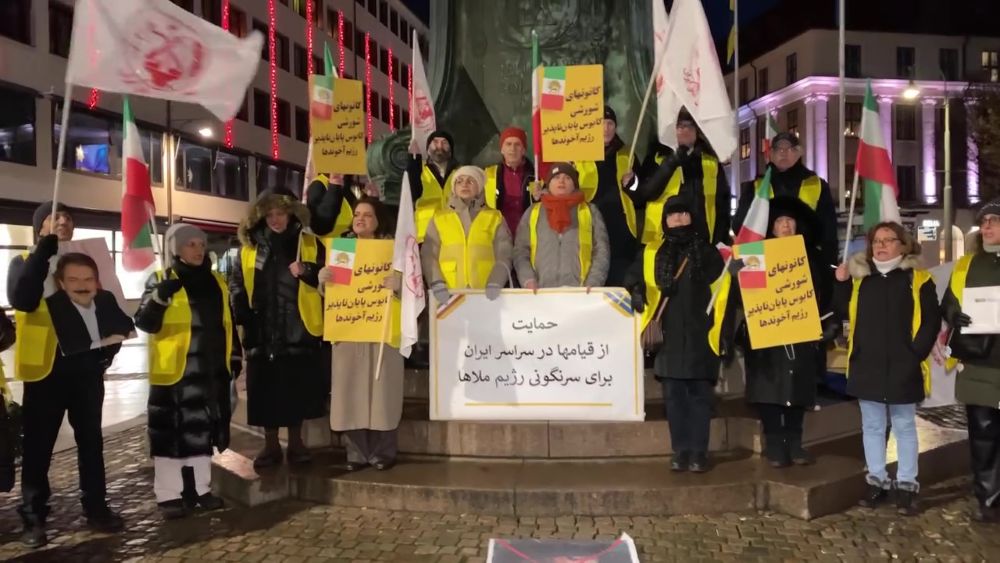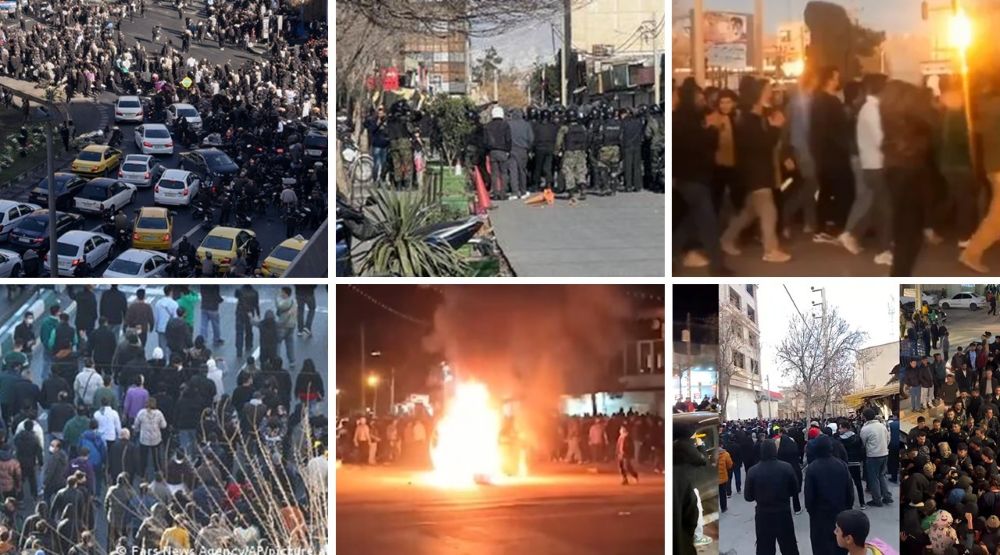Khuzestan province in Iran has seen many numerous large-scale protests over the water shortages, weeks after the start of protests over power blackouts in the province and across the country. (It should be noted that the blackouts are continuing and that the water shortage is set to expand beyond Khuzestan, as the state media has reported that a quarter of the country has been affected by this in recent years.)
#IranProtests
— Iran News Update (@IranNewsUpdate1) July 20, 2021
Since July 15, people have taken to the streets across Khuzestan province, southwestern #Iran. They initially protested officials' failure to resolve water shortages.
Instead, authorities used lethal force and killed and injured several protesters.#خوزستان_تنها_نیست pic.twitter.com/APJ6aYzzqn
Both of these protests movements are setting the blame for the issues solely on the regime’s policies and the mullahs because the water shortages are caused by the building of dams that divert water to factories owned by the Revolutionary Guard Corps (IRGC), which controls the majority of the economy.
The state-run Hamdeli newspaper reported on July 4 that warnings by experts about the building of dams and wells have been neglected, which resulted in the water shortage that’s threatening millions of people’s lives.
Now, the Iranian regime is no more likely to listen to public protests than they are to expert advice. That’s likely why the Iranian people have taken a distinctly anti-government tone, chanting slogans like “death to the dictator” and “death to Khamenei”, echoing previous protests for regime change.
The National Council of Resistance of Iran (NCRI) issued a statement on Sunday about the protests and the wider situation in the country.
The Iranian resistance wrote: “The mullahs deny the people water, power, bread, housing, and vaccines to provide for the unpatriotic nuclear and missile projects and their warmongering in the region. [Young people must] rush to the aid of the people of Khuzestan, especially the wounded,” then pointed to the regime’s repression of dissent as evidence that “as long as the plundering mullahs remain in power, poverty, unemployment, and disease will continue.”
During the Free Iran World Summit in mid-July, NCRI President Maryam Rajavi urged the international community to support the people’s desire for regime change, especially once human rights abuser Ebrahim Raisi becomes president next month.
We urge the UN Security Council to arrange for the international prosecution of Mullah Raisi and holding him accountable for crimes against humanity. #FreeIran2021https://t.co/gWlwUKrXrP pic.twitter.com/9EXlzV3IIA
— Maryam Rajavi (@Maryam_Rajavi) July 15, 2021
Not only was he a major player in the 1988 massacre of 30,000 political prisoners, but he has continued to commit these crimes throughout the whole lifespan of the regime. In 2019, when he was judiciary chief, he oversaw a crackdown on nationwide protests, with security forces shooting dead 1,500 protesters in the street while arresting 12,000 more.
His ascension to the presidency actually spurs fears that the regime is planning a much bigger crackdown on protests, but the Iranian people will continue to fight back against that. Rajavi described Raisi’s inauguration as a “litmus test of whether [the international community] will engage and deal with this genocidal regime or stand with the Iranian people”.



